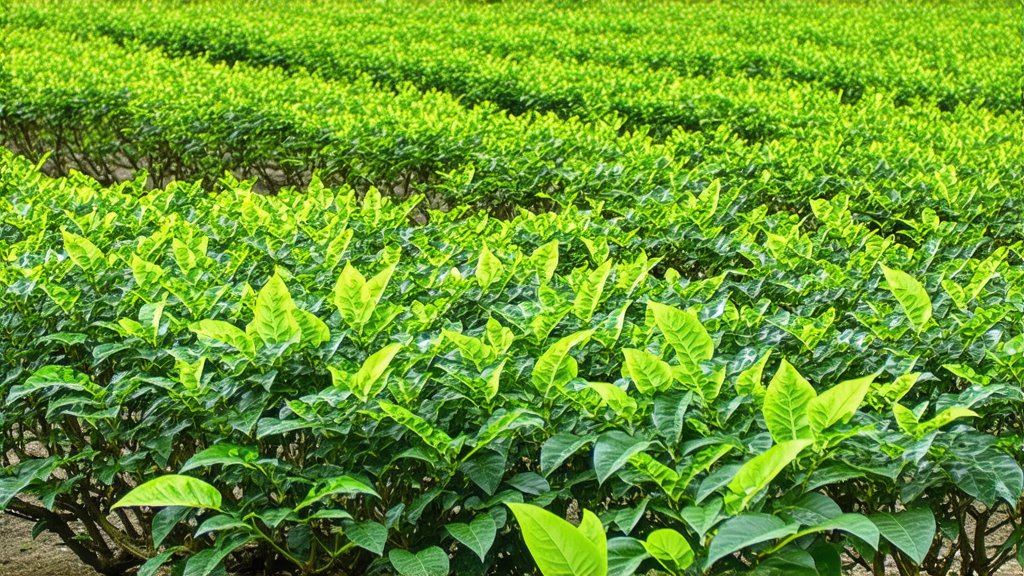
Longjing Tea, also known as Dragon Well Tea, is one of China's most celebrated and revered green teas. Originating from the picturesque village of Longjing in Hangzhou, Zhejiang Province, this tea has captured the hearts and palates of tea connoisseurs around the world. In this article, we will delve into the rich history, varieties, meticulous craftsmanship, and art of appreciating Longjing Tea.
Historical Background
The history of Longjing Tea can be traced back over 1,200 years to the Tang Dynasty (618-907 AD). However, it was during the Qing Dynasty (1644-1912) that Longjing Tea gained prominence. Legend has it that an emperor tasted the tea and found it so delightful that he ordered 18 tea plants to be planted near a sacred well, hence the name "Dragon Well." Since then, Longjing Tea has been synonymous with quality and excellence.
Varieties of Longjing Tea
While Longjing Tea is primarily known for its classic green variety, there are subtle differences based on the region and specific practices of the tea masters. The most renowned types include:
-
Xi Hu Longjing: Grown in the West Lake area, this is considered the highest quality and most authentic Longjing Tea. It features a flat shape and vibrant green color.
-
Yue Fei Longjing: This type is named after the famous Chinese general Yue Fei. It is slightly more robust and often has a richer flavor profile.
-
Mei Jia Wu Longjing: Sourced from Meijiawu Village, this variety boasts a unique combination of delicate aroma and strong character.
Each variety offers a distinct experience, making Longjing Tea a fascinating subject for both novice and seasoned tea enthusiasts.
The Art of Longjing Tea Craftsmanship
The process of making Longjing Tea is an intricate dance between nature and human skill. Here is a detailed breakdown of the traditional steps involved:
-
Handpicking: Only the youngest and tenderest tea leaves and buds are handpicked, usually in early spring. This ensures the highest quality and best flavor.
-
Withering: Freshly picked leaves are spread out to allow some moisture to evaporate. This step softens the leaves and prepares them for shaping.
-
Fixation: The leaves are quickly heated in a wok or pan to halt oxidation, preserving their green color and freshness. This step requires precise temperature control and timing.
-
Shaping: The hallmark feature of Longjing Tea is its flat shape. Tea masters use their hands to flatten the leaves, a skill that takes years to perfect. This shaping process also helps release the tea's natural fragrance.
-
Drying: Finally, the shaped leaves are dried to reduce moisture content, ensuring longevity and stability. This step also refines the tea's aroma and flavor profile.
Appreciating Longjing Tea
To truly appreciate Longjing Tea, one must engage all the senses. Here is a guide to savoring this exquisite tea:
-
Visual Appeal: Observe the dry leaves, noting their flat shape and jade-green color. When brewed, watch the leaves unfurl gracefully in the water, revealing their full beauty.
-
Aromatic Experience: Before sipping, take a moment to inhale the delicate, fresh scent of the tea. Note any floral, vegetal, or nutty undertones.
-
Taste Sensation: Sip slowly and let the tea roll over your tongue. Notice the initial sweetness followed by a slight bitterness that quickly mellows into a refreshing finish. Pay attention to the tea's texture and mouthfeel as well.
-
Aftertaste: Reflect on the lasting impression left in your mouth. A high-quality Longjing Tea should leave a clean, pleasant aftertaste that lingers gently.
Modern Innovations and Global Appreciation
In recent years, Longjing Tea has seen various innovations while maintaining its traditional roots. Some tea producers have experimented with organic farming techniques, resulting in even purer and more sustainable teas. Additionally, international collaborations have introduced Longjing Tea to new markets, where it continues to gain popularity.
Global appreciation for Longjing Tea is growing, with tea lovers recognizing its unique qualities and health benefits. Rich in antioxidants and amino acids, Longjing Tea is not only a pleasure to drink but also a boon for overall wellness.
Conclusion
Longjing Tea is more than just a beverage; it is a cultural treasure that embodies centuries of tradition, craftsmanship, and artistry. From its storied origins to its modern adaptations, Longjing Tea continues to enchant tea enthusiasts worldwide. Whether you are a seasoned tea drinker or a curious beginner, exploring the world of Longjing Tea is an enriching experience that connects you to a timeless legacy.